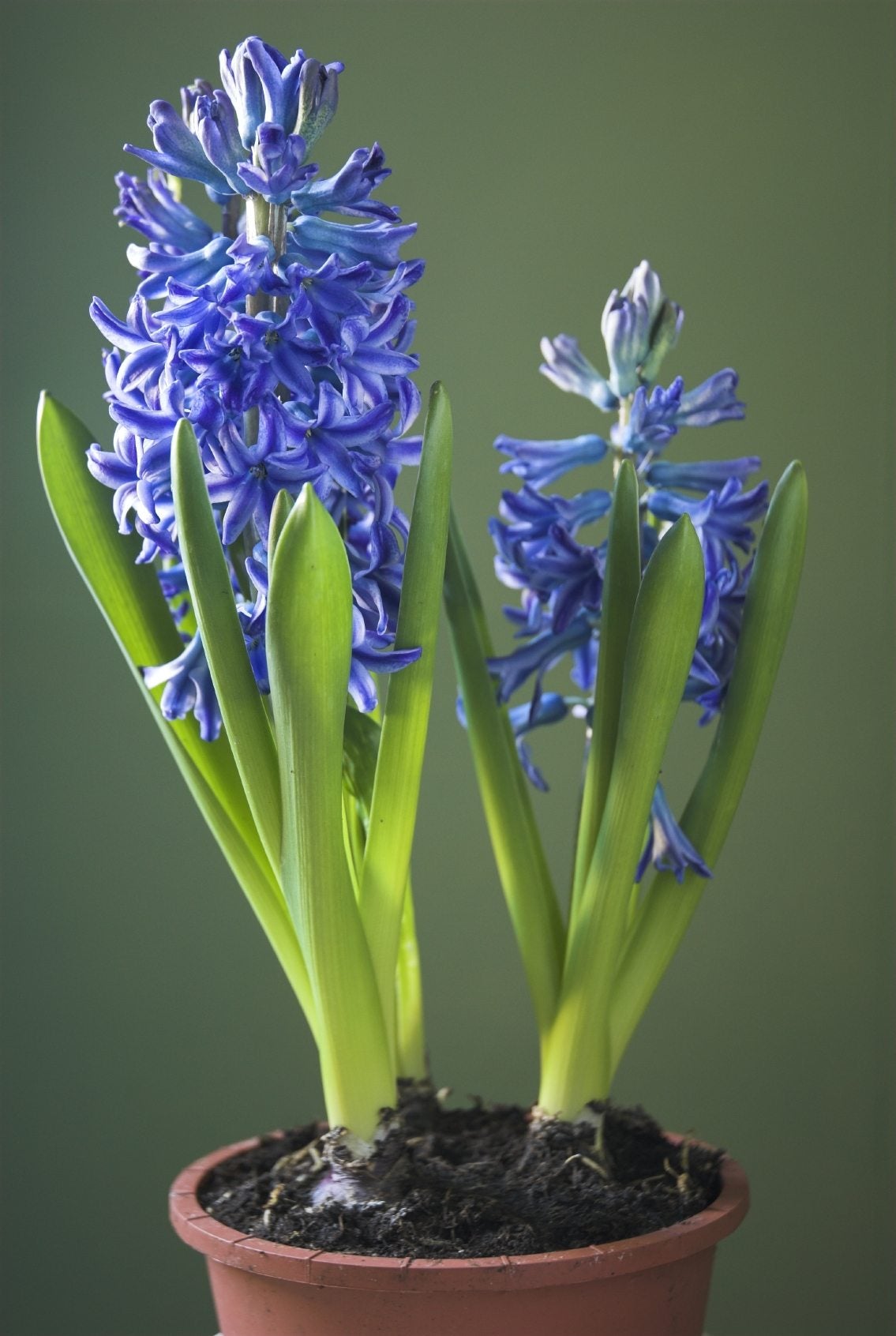Indoor Hyacinth Care: Caring For Hyacinth Houseplants Post Flowering


Due to their attractive flowers and delicious smell, potted hyacinths are a popular gift. Once they’re done blooming, though, don’t rush to throw them away. With a little care, you can keep your indoor hyacinth after blooming to ensure many more fragrant blossoms in the future. Keep reading to learn more about hyacinth care indoors after blooming.
Hyacinth Care Indoors After Flowering
After 8 to 12 weeks of blooming, your hyacinth will begin to go dormant. First the flowers will die, and eventually the leaves will wither. When most of the flowers are brown, cut the entire flower stalk off. This is called deadheading. The foliage will still be green at this point, and should be left to die off naturally.
Be careful not to break or bend the leaves, as this can prevent the plant from storing up much needed energy for its next blooming cycle. Feed your plant with a good indoor plant fertilizer to build up even more of this energy. Don’t overwater, though. Hyacinth bulbs are prone to bulb rot if watered too vigorously.
What to Do With Indoor Hyacinth After Blooming
Eventually, the leaves will wither and brown. This isn’t your fault - it’s just the plant’s natural cycle. Once the leaves are dead, cut the entire plant back to soil level, so only bulb and roots remain. Move your pot to a cold, dark space. You may even want to put a paper grocery or black garbage bag over the pot to keep out the light.
Don’t touch your hyacinth until the spring. At that point, begin to expose it gradually to light, and it should begin to send up new shoots. Hyacinths propagate by sending up daughter shoots, meaning your plant will take up more and more space each year. If your pot seemed just big enough last year, move the plant, while it’s still dormant, into a bigger pot, or plant it outside in your garden to give it more room to grow.
Sign up for the Gardening Know How newsletter today and receive a free copy of our e-book "How to Grow Delicious Tomatoes".

The only child of a horticulturist and an English teacher, Liz Baessler was destined to become a gardening editor. She has been with Gardening Know how since 2015, and a Senior Editor since 2020. She holds a BA in English from Brandeis University and an MA in English from the University of Geneva, Switzerland. After years of gardening in containers and community garden plots, she finally has a backyard of her own, which she is systematically filling with vegetables and flowers.